Advances in Light Emitting Materials
This special-topic volume Advances in Light-Emitting Materials’, makes an important contribution to the field of silicon and III-nitride semiconductors. It begins with a brief history of visible-light emitting diodes. However, silicon is currently expanding from micro-electronics and into photonics. Due to its unsuitable band-gap, it has not previously been the material-of-choice for opto-electronic integration. That is now beginning to change and silicon devices have been developed which have the capability to emit, modulate, guide and detect light and which can be combined with microelectronics to form electronic and photonic integrated circuits. In particular, the performance of silicon-based light-emitters has made rapid progress during the last few years: the first paper describes the potential value of the D-band luminescence caused by dislocations in silicon and its use in infra-red light-emitters. Silicon-wafer direct-bonding, which permits the controlled formation of dislocation networks, is described in detail in the next paper. Silicon and silicon-germanium light-emitting diodes (LED), which emit band-to-band radiation, are then described. This paper is followed by observations on the effect of carrier-confinement on the emission of the band-to-band radiation of LEDs fabricated in silicon-on-insulator form. Finally, MOS light-emitting devices, based upon rare-earth ion-implantation, are described. These structures exhibit efficient electroluminescence within the wavelengths ranging from UV to visible light.
{{comment.content}}
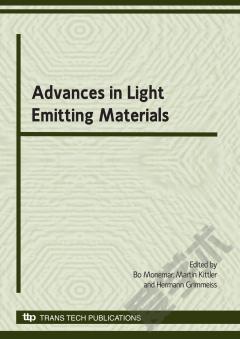

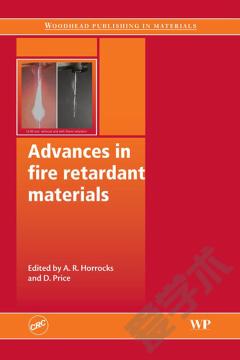

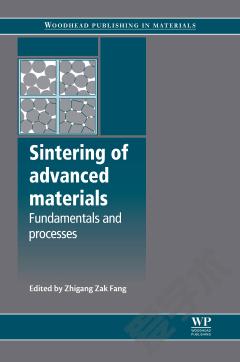
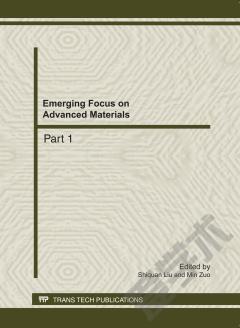
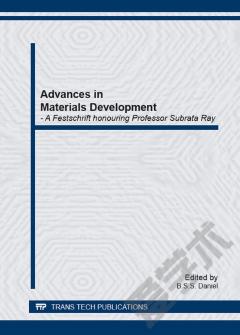

 京公网安备 11010802027623号
京公网安备 11010802027623号